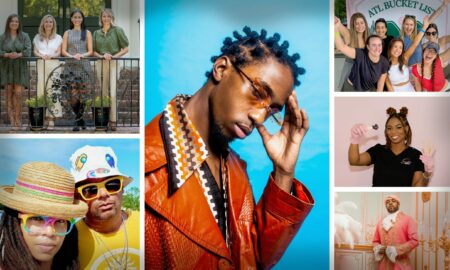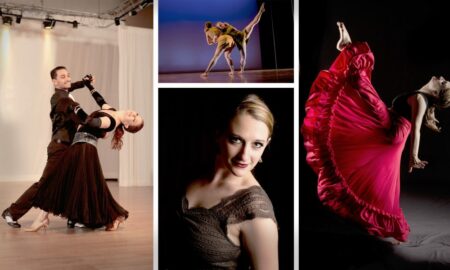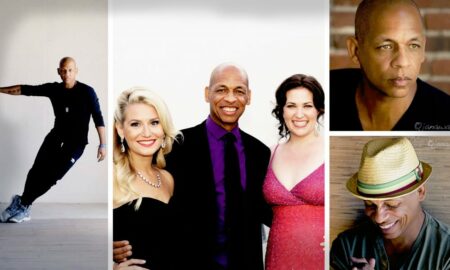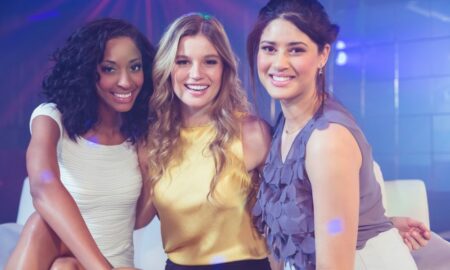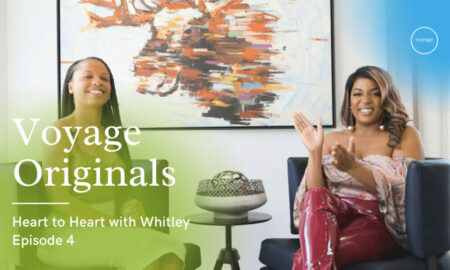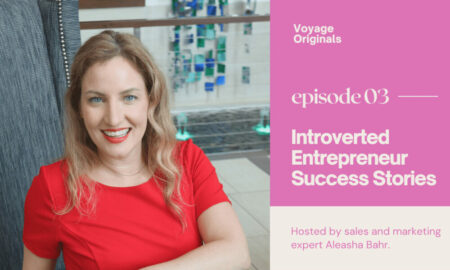

Today we’d like to introduce you to John Kelley.
Hi John, it’s an honor to have you on the platform. Thanks for taking the time to share your story with us – to start maybe you can share some of your backstory with our readers?
My journey into photography started when I was 12 years old and living in London. My mom, a scientist, was stationed there working on the foot-and-mouth outbreak at the time. During that year abroad, she bought me my first camera—a Nikon N65 35mm—and I instantly became hooked. That camera never left my side. I remember one of the first photos I took that really stuck with people was of my little sister looking out the window of a taxi. It was quiet and simple, but something about it made people stop. My mom saw it and said, “You’ve got something here.” That moment really planted the seed.
By the time we moved back to the States a year later, photography had already become a huge part of my life. I followed that passion straight into photo school after high school, and then moved to New York City at 18 to chase the craft seriously. I started assisting Lois Greenfield, a renowned dance photographer based on 23rd Street in Manhattan. She was working with all the major dance companies, both in NYC and internationally. Watching her work taught me so much about motion, timing, and precision—it laid a real foundation for how I approach visual storytelling to this day.
From there, I went on to assist some of the most iconic names in photography—David LaChapelle, Steven Klein, Bruce Weber, and Craig McDean. Each of them had their own rhythm and language, and being on those sets taught me how to operate at a high level while still staying creative and curious.
Around 21, my path took a turn toward film. My roommate at the time, Matt, was a focus puller, and one night he asked me if I wanted to come help him on a Ford commercial. I had no idea how to load film, so the night before the shoot, we split a case of beer and he taught me how to load 35mm stock into an ARRI 435. We just sat there drinking and running drills with dummy rolls until I got it down. The next day, I was on set like I’d been doing it forever. That night cracked open a whole new world for me, and I never really looked back.
Since then, I’ve worked on major productions over the last 15+ years, moving between roles in the camera department and lighting. I’ve had the chance to assist some absolute legends in cinematography—Darius Khondji, the late Harris Savides, the late David Devlin, Frederick Elmes, and many more. One name that’s especially close to my heart is Faroukh Mistry, an incredible cinematographer who’s been both a mentor and a dear friend since my very first feature. His father, Fali Mistry, was a legendary Bollywood cinematographer, and his mother, Shyama, was a celebrated Bollywood actress—so filmmaking is literally in his blood. I’m actually producing and directing a documentary right now, and Faroukh is my DP on it. We start principal photography next month.
After my mother passed away in 2012, I went through a major shift—both personally and creatively. In early 2014, I moved to Berlin to reset and reconnect with myself and my work. That city gave me space to heal, explore, and grow. While I was there, I continued working and actually won a Best Cinematography award in 2014 for my work on a Lipton Tea commercial. It was a meaningful win—not just professionally, but emotionally, because it reminded me I was still on the right path, even in the midst of grief.
One of the most memorable moments in my career so far was working as the lighting director on Mariah Carey’s “Almost Home” music video, directed by David LaChapelle. That video ended up winning Best Music Video in 2013, and it was such a full-circle experience—especially after having assisted David years earlier.
I’ve also shot and/or produced campaigns for major brands like Tom Ford and Marc Jacobs, and worked on editorial shoots for publications including Vogue, Vogue Italia, GQ, Playboy, Paper Magazine, Cake Magazine, and others. One of my earliest big moments in that world was assisting on a DKNY campaign with Chanel Iman, which gave me a front-row seat to the fast-paced world of fashion production.
These days, I’ve come full circle—I’m back to working more in fashion, producing fashion films and campaigns that merge my background in stills and motion. At the same time, I’m deep in production on this new documentary project, which feels like a natural next chapter creatively.
Through it all, I’ve stayed grounded in analog photography. Darkroom printing, especially, has become something sacred to me. There’s a rhythm and meditation to it that centers me. It slows you down, forces you to be intentional, and reminds you that art can be tactile and imperfect—and that’s where the beauty lives.
Outside of work, I still love spending time in the darkroom whenever I can. I also ride horses, and most importantly, I love spending time with my amazing daughter, Violet. She keeps me inspired and grounded in ways nothing else can.
So yeah—it all started with a camera from my mom and a photo of my sister in a London taxi. And it’s grown into this ever-evolving, ever-deepening life of storytelling—through light, motion, stillness, and connection.
Can you talk to us a bit about the challenges and lessons you’ve learned along the way. Looking back would you say it’s been easy or smooth in retrospect?
It definitely hasn’t been a smooth road, but I don’t think it’s supposed to be. The creative path is filled with highs and lows, and I’ve had my share of both.
One of the biggest challenges came after the loss of my mother in 2012. She was the person who first handed me a camera and encouraged me to see the world differently, so losing her felt like losing my foundation. I moved to Berlin in early 2014 to give myself space to grieve and reset. That time was both incredibly isolating and incredibly transformative. I was far from everything familiar, but that distance gave me the clarity to reconnect with my voice. Ironically, in that period of emotional rebuilding, I ended up winning a Best Cinematography award for a Lipton Tea commercial I shot in Berlin. It reminded me that even in loss, there can be movement and purpose.
Another challenge has been navigating an industry that often feels unpredictable and unstable—especially when you’re working freelance and jumping between roles like cinematography, photography, lighting, and production. There were moments when work dried up, when projects fell through, or when I questioned if I was on the right path. But those gaps taught me how to hustle, pivot, and evolve. They pushed me to build deeper relationships, trust my instincts, and create work that’s personal and honest—even if the industry isn’t always ready for it.
And honestly, being a parent adds its own layer of complexity. Balancing the chaos of set life or long travel days with the deep desire to be present for my daughter, Violet, is something I’m still learning how to navigate. But she also gives me a greater sense of purpose. She reminds me why I do this.
So yeah—it hasn’t been easy, but the hard moments have shaped me just as much as the wins. Probably more.
Thanks for sharing that. So, maybe next you can tell us a bit more about your work?
I work across both film and photography, often blurring the lines between the two. My roots are in analog photography—I still shoot film and print in the darkroom regularly. That hands-on, intentional process has deeply shaped the way I see and create. I specialize in narrative cinematography and fashion-based storytelling, whether I’m directing, shooting, or lighting. At the core, I’m always chasing a certain feeling—trying to create work that’s cinematic, emotional, and honest.
Professionally, I wear a few different hats. I produce and direct fashion films and campaigns, shoot stills, and work in the camera and lighting departments across commercial, fashion, and narrative sets. Over the years I’ve worked on campaigns for brands like Tom Ford and Marc Jacobs, and I’ve been part of editorial shoots for publications like Vogue, Vogue Italia, GQ, Playboy, Paper Magazine, and Cake. I’ve collaborated with and assisted some incredible photographers like David LaChapelle, Steven Klein, Bruce Weber, and Craig McDean. And on the cinematography side, I’ve worked under people like Darius Khondji, the late Harris Savides, David Devlin, and Frederick Elmes—each of whom shaped my approach to light, atmosphere, and storytelling.
I think what sets me apart is how emotionally grounded my process is. I’m technical, sure, but I really lead with feeling. I care about presence—what the subject is feeling, what the energy on set is like, the in-between moments that say more than a perfectly posed shot ever could. My background in analog and darkroom work keeps me focused on the details, and my experience in large-scale commercial and narrative work helps me bridge that with high production value.
One of the proudest moments in my career was when I won Best Cinematography for a Lipton Tea commercial I shot while living in Berlin. What made it even more special was that I was flown to Sydney to accept the award in person. That recognition came during a very transitional moment in my life, not long after the loss of my mother, and it was a reminder that even in grief, my voice as an artist was still being heard.
Another career high point was working as the lighting director on Mariah Carey’s “Almost Home” music video, directed by David LaChapelle. That video went on to win Best Music Video in 2013, and it felt like a full-circle moment—especially after having started out assisting David years earlier.
These days, I’m back to working more in fashion again, producing fashion films and campaigns that merge my background in stills and motion. I’m also producing and directing a new documentary, which starts principal photography soon with my mentor and close friend Faroukh Mistry as the cinematographer.
At the end of the day, I’m just here to tell stories. Whether it’s through a moving frame, a printed image, or a quiet still from a fashion shoot—I want the work to feel lived-in, a little raw, and emotionally real.
What’s next?
Right now, I’m in a really exciting transitional space creatively. One of the biggest things on the horizon is the documentary I’m producing and directing, which is about to start principal photography. It’s a deeply personal project, and I’m collaborating with my longtime friend and mentor Faroukh Mistry as the cinematographer, which feels like a full-circle moment in itself. It’s the kind of project I’ve been building toward for years—something with depth, beauty, and real human connection at the center of it.
At the same time, I’m continuing to grow my presence in fashion—producing and directing fashion films and campaigns that live at the intersection of art, movement, and style. There’s something really powerful about bringing a cinematic eye to the fashion space, and I’m excited to keep pushing that boundary even further.
Beyond the work, I’m also looking forward to slowing down just enough to stay grounded—spending more time in the darkroom, continuing to ride horses, and, most importantly, being present for my daughter Violet. She’s growing up fast, and I want to make sure she sees her dad doing what he loves while also showing up for her fully.
Long term, I’d love to eventually develop a small artist residency or creative space—somewhere analog-focused, tactile, a place where people can come to reconnect with their craft and slow down. I think there’s a hunger for that kind of intentional creativity in a world that’s moving so fast.
So while I don’t have every step mapped out, I know what direction I’m heading: deeper into meaningful stories, richer collaborations, and a life that stays rooted in art, honesty, and balance.
Pricing:
- call or email if you want to shoot im open to any projects you want to bring to the table
Contact Info:
- Website: https://samepageprod.com/
- Instagram: https://www.instagram.com/flippingfruitcakes/?hl=en
- Facebook: https://www.facebook.com/profile.php?id=100008532189751
- LinkedIn: https://www.linkedin.com/in/jgk1/
- Other: https://www.jimcrocedoc.com/
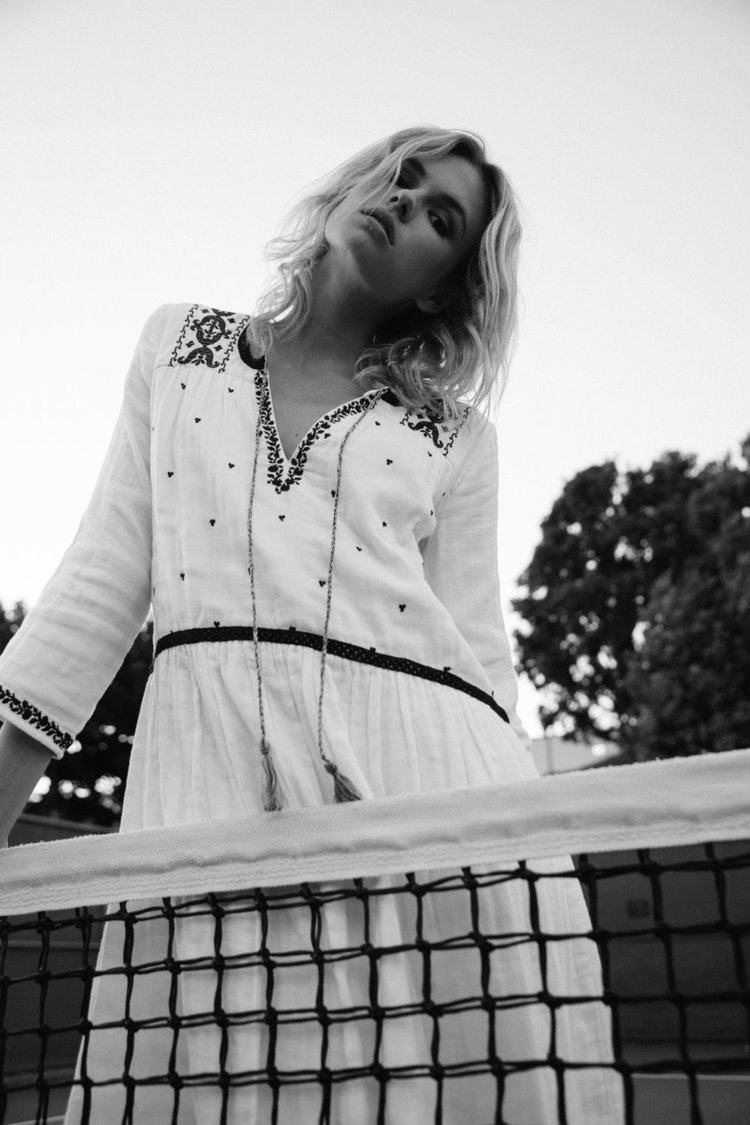
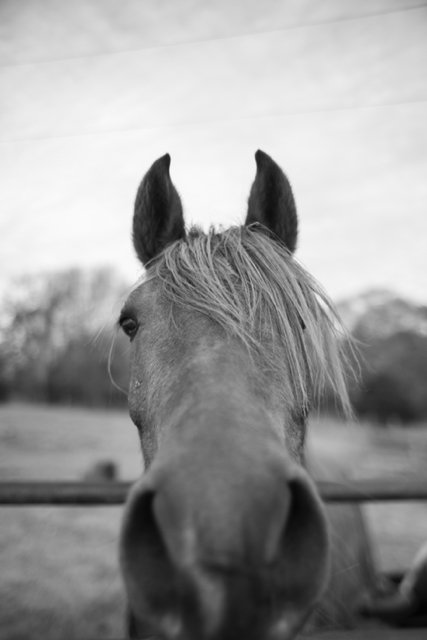
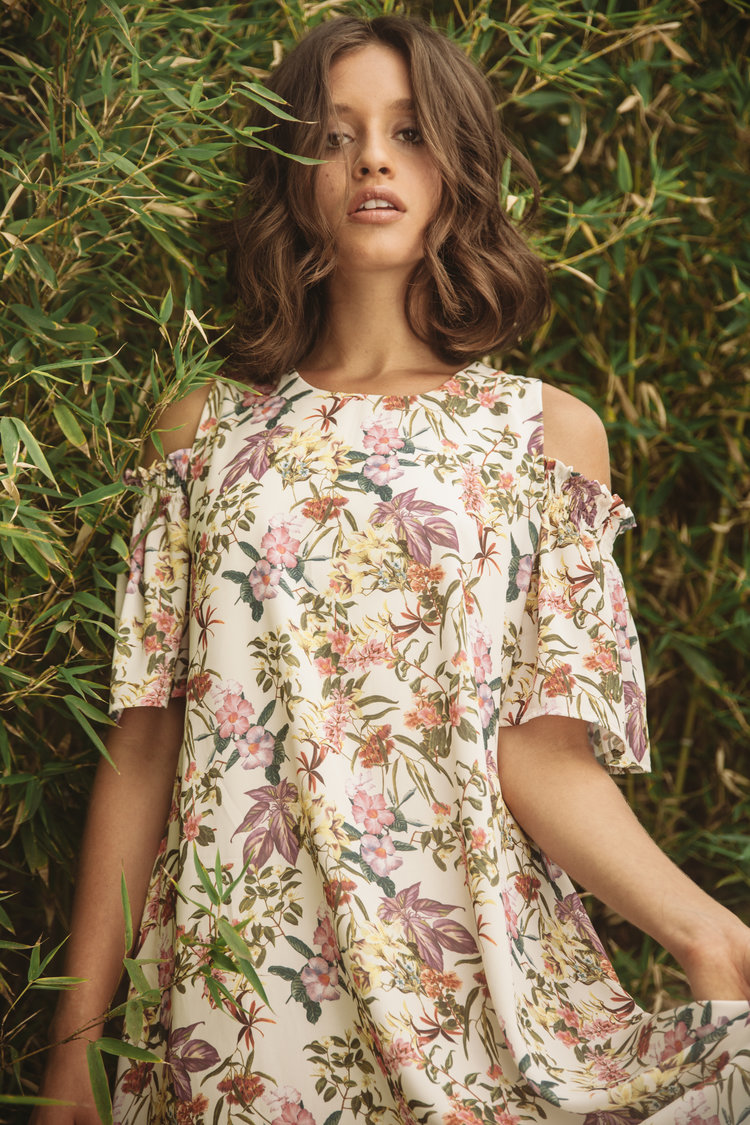
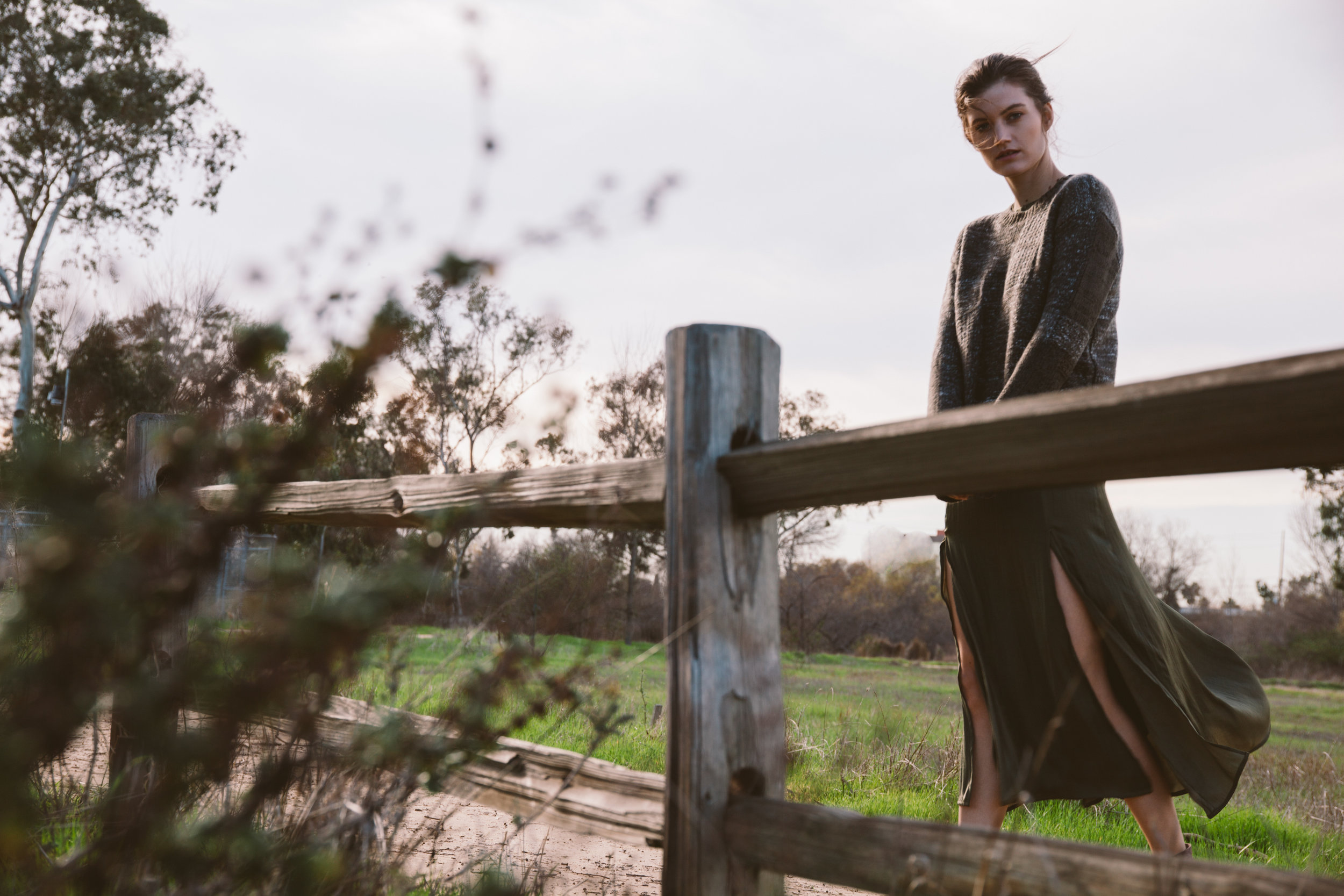

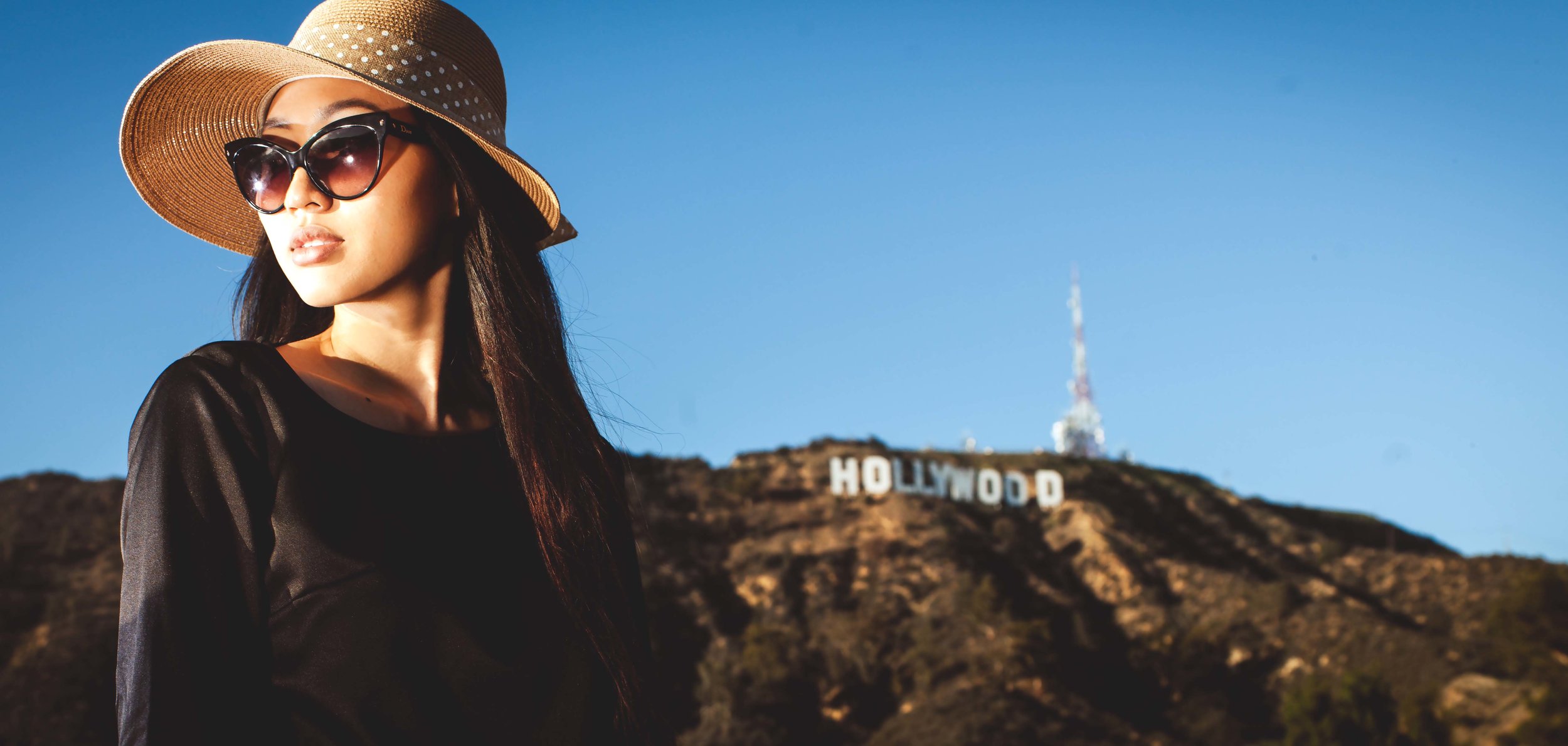
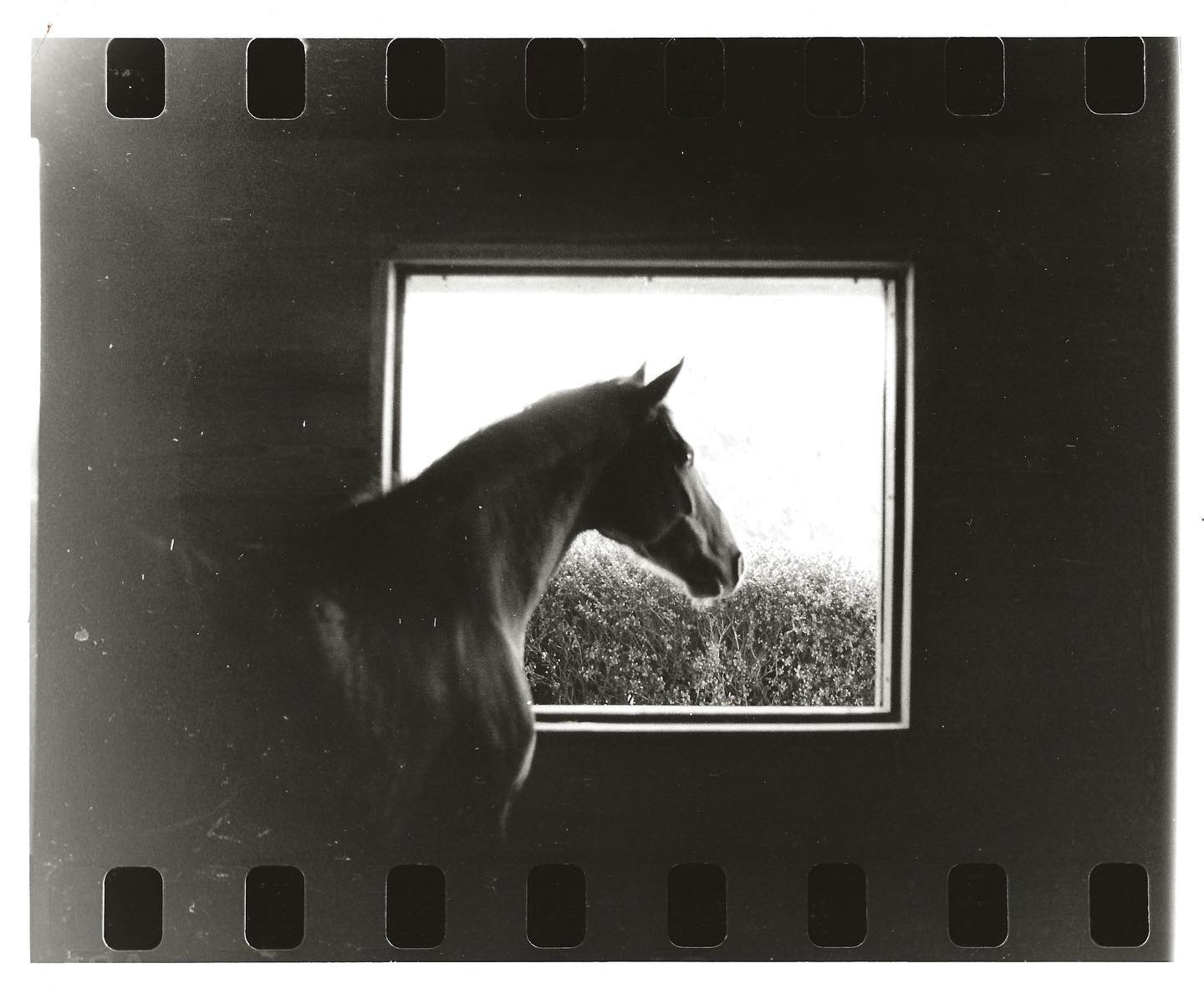
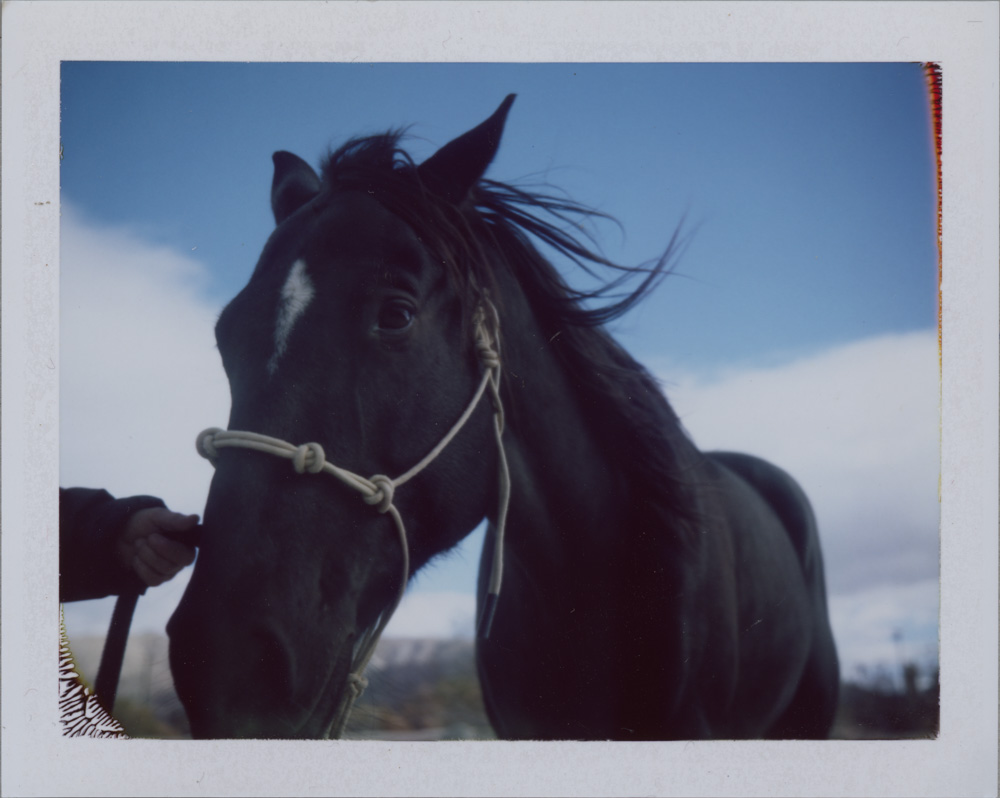
Image Credits
all photos are by me John Kelley

